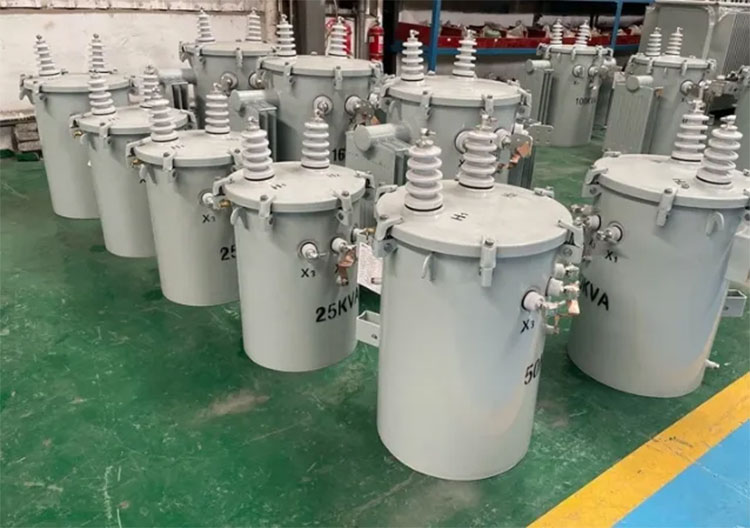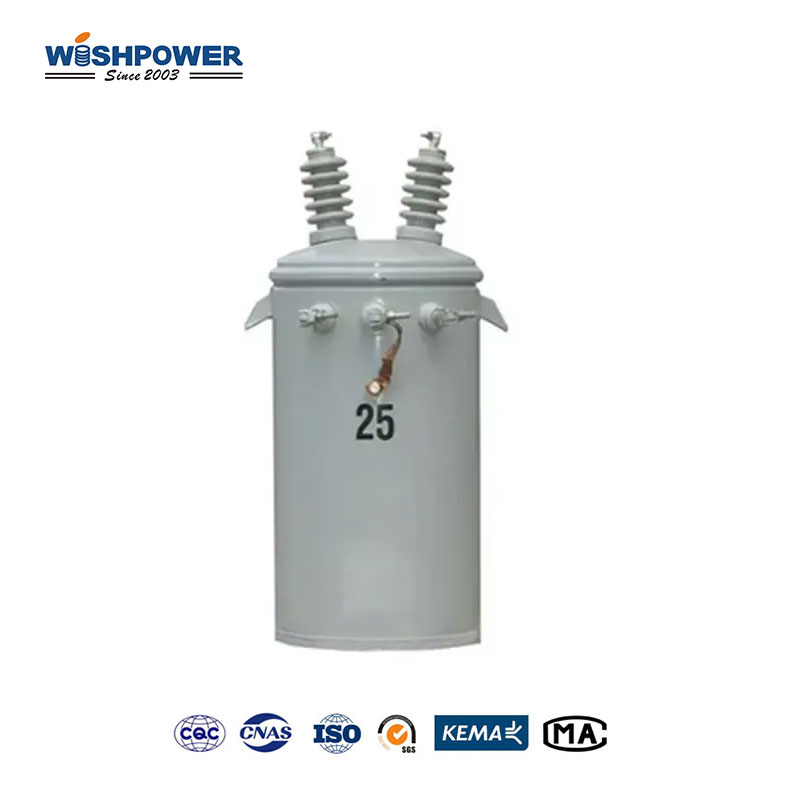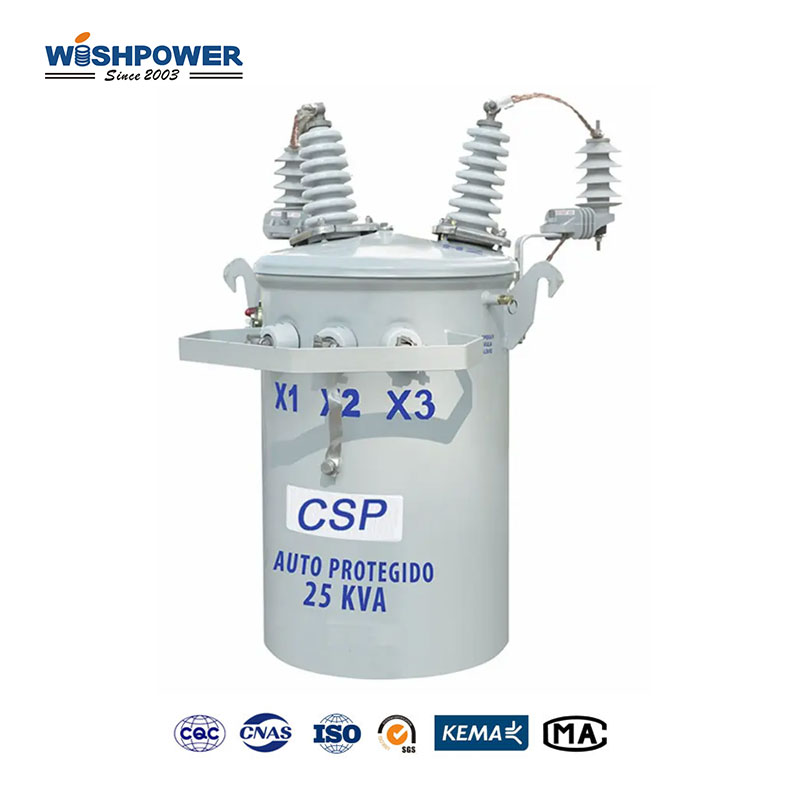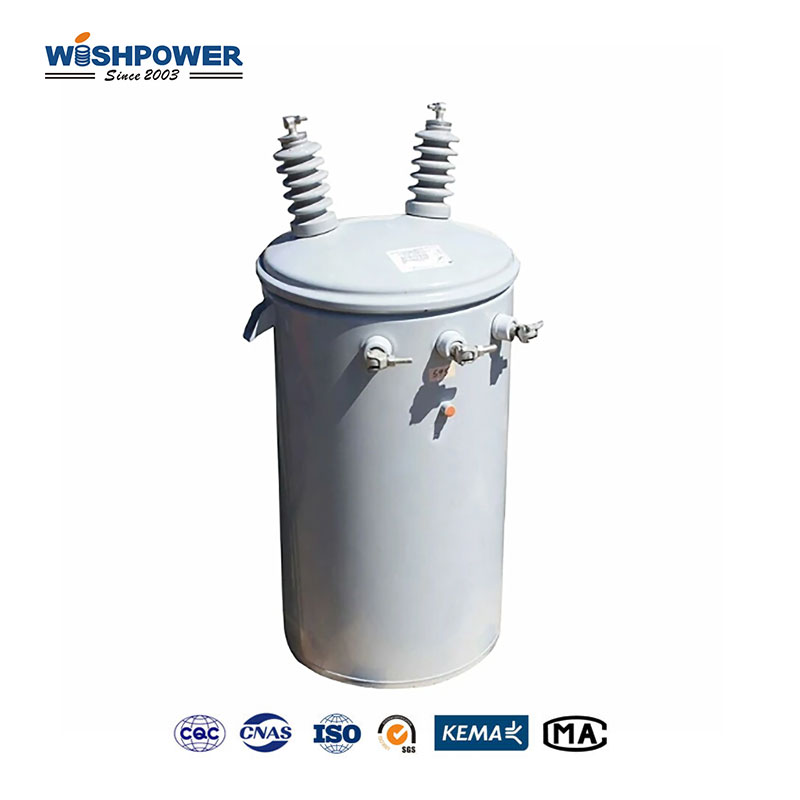What is a single-phase step-down transformer?
Single-phase Step-down Transformer is a type of transformer used to decrease the voltage from a high level to a low level in a single-phase electrical circuit. It is an electromagnetic induction operating principle and is important in residential, commercial, and industrial power distribution systems. It steps us down the voltage so that electrical devices and appliances such as televisions, stereos, and lights receive the right voltage for safe and economic operation.

How Does a Single-Phase Step-Down Transformer Work?
At its core, a single-phase step-down transformer consists of two main components: Two coils winding around a magnetic core (core): the primary coil (winding), and the secondary coil (winding). Working based on Faraday’s Law of Induction, that is a change, the time rate of change of magnetic flux induces and volt in the coils which are operated. When AC flows through the primary winding it induces a magnetic field around. A voltage is induced in the secondary winding from driving the magnetic field from the flux into oscillation, as the flux inside the primary winding can’t obtain a fixed polarity or change through zero. In terms of the ratio of turns starring works as a key factor in stepping down the voltage. The voltage on the secondary side is lower the more turns the primary coil has compared to the secondary coil.
Applications of Single-Phase Step-Down Transformers
- Residential power distribution
Step-down transformers are used in house areas to decrease high voltage coming from the power line to a degree that will assist with household machines. The usual way the utility company steps down the voltage from the grid (11 kV or 33 kV) to residential 120 volts, 240 volts, safe for residential use, is at a pole mounted, or pad-mounted transformer.
- Small Industrial Equipment
Many industrial machines and equipment work at very low voltages, usually between 110V and 220V. These devices are supplied with the right voltage by step-down transformers. In this case, transformers are normally installed at a site or are part of a larger electrical distribution system.
- EV Charging Stations
The need for transformers in charging stations grows as electric vehicles become more common. Grid voltage is converted to the appropriate voltage using single-phase step-down transformers for EV chargers.
- Renewable Energy Systems
As more people rely on renewable energy sources such as solar and wind, single-phase step-down transformers are used in microgrids and small local power systems. These transformers help the local grid integrate renewable energy generation by stepping the voltage down to a safe level at which it can be distributed across homes or businesses.
Benefits of Single Phase Step Down Transformers
Cost-Effective Solution
Single-phase step-down transformers tend to be less expensive than three-phase transformers, making them an economical choice for low and small-scale industrial and commercial applications.
Space-Efficient
Especially small ranges of transformers like toroidal transformers need less space and can be accommodated in smaller installations such as residential homes or small offices.
Energy Efficiency
Modern single-phase step-down transformers have been designed and built with improved efficiency, thereby minimizing active energy losses and reducing electricity costs.
Safety and Reliability
Insulation tracking is used, along with high-quality cooling methods, to allow safe and reliable operation of the transformer even under heavy load conditions.
Easy Maintenance
In particular, dry-type versions of these transformers have virtually no maintenance, and a long operational life, thereby reducing the total cost of ownership.
Conclusion
A single-phase step-down transformer is a basic electrical component that is used to decrease high voltage to a safe and usable voltage. Electrical energy transfer from one point to another is achieved using this, not only ensuring energy transfer is more efficient but also keeping voltage levels that are appropriate for different applications. These devices are of different types of transformers such as oil-immersed, dry type, and toroidal transformers, and are versatile and appropriate for application in different types of environments. Single-phase step-down transformers are key to modern electrical systems from residential power distribution through to renewable energy integration providing efficiency and cost-effectiveness as well as safety.
If you have different opinions or want to know more, please leave a message on the website or contact us directly at info@wishpower.net

















